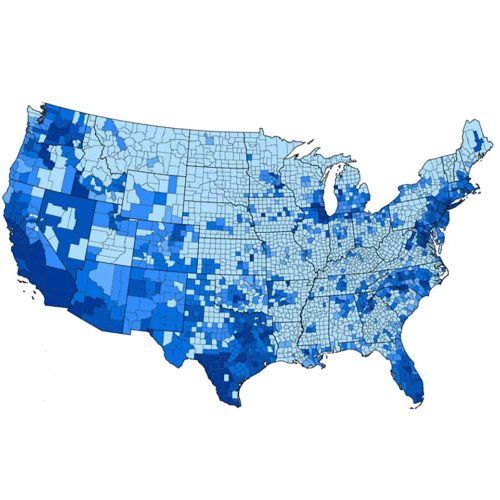Introduction
As vaccines roll out across the country, most states are not explicitly prioritizing distribution to family members in multigenerational homes. But a Center for Public Integrity national data analysis shows that people of color, who’ve suffered disproportionately from COVID-19, are more likely to live in the same home as older relatives.
Our county-by-county map shows that nationwide, multigenerational homes make up 18% of all households. For Black, Asian and Latino homes, the proportion is higher than the average, ranging between a quarter and almost a third of all households.
Public Integrity’s analysis is based on the Census Bureau’s 2019 American Community Survey, which includes five years of responses to questions about household members, their relationships to one another and race and ethnicity.
Public health experts told Public Integrity that vaccinating all adults living in multigenerational homes is a wise approach to better protect communities of color. Washington and a handful of other states were early to prioritize multigenerational homes for vaccine appointments. Experts are urging other states to follow suit as the vaccine supply increases.
Read the full investigation here.
Our map, data and full story are available for localized reporting. Links back to our coverage and credit to the Center for Public Integrity are appreciated. Contact Pratheek Rebala with questions at prebala@publicintegrity.org.
April Simpson, Pratheek Rebala, Taylor Johnston and Susan Ferriss contributed to this research and report.
Read more in Health
Coronavirus and Inequality
Exclusive: Months into federal vaccine program, many long-term-care workers still refusing shots
The government’s effort to deliver COVID-19 jabs vaccinated about half of the workers caring for the elderly and vulnerable, new data shows.
Coronavirus and Inequality
One home, many generations: States addressing COVID risk among families
Public Integrity analysis shows 18% live in multigenerational households in the U.S., increasing vulnerability to the virus.


Join the conversation
Show Comments